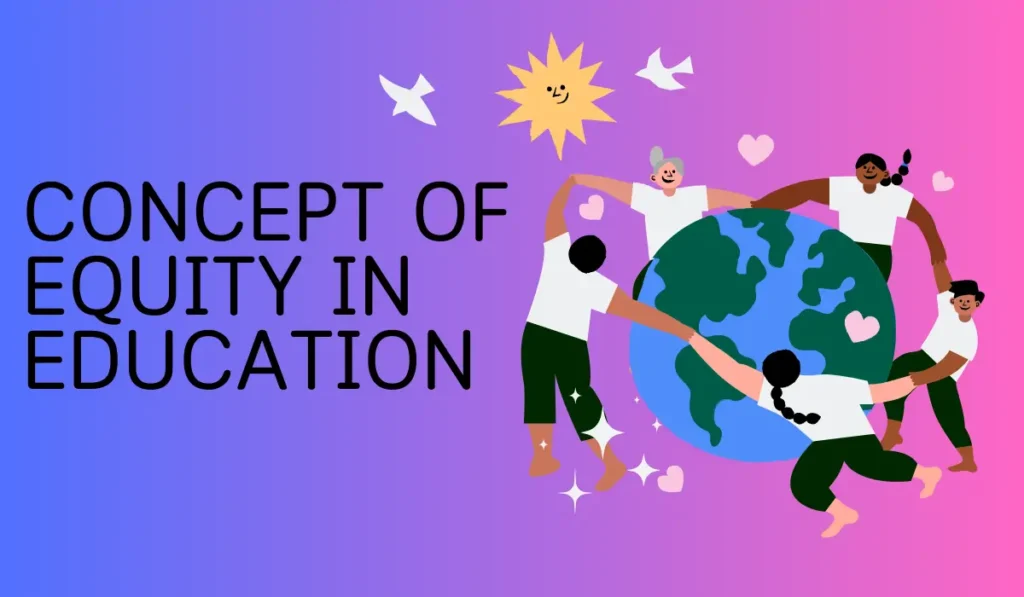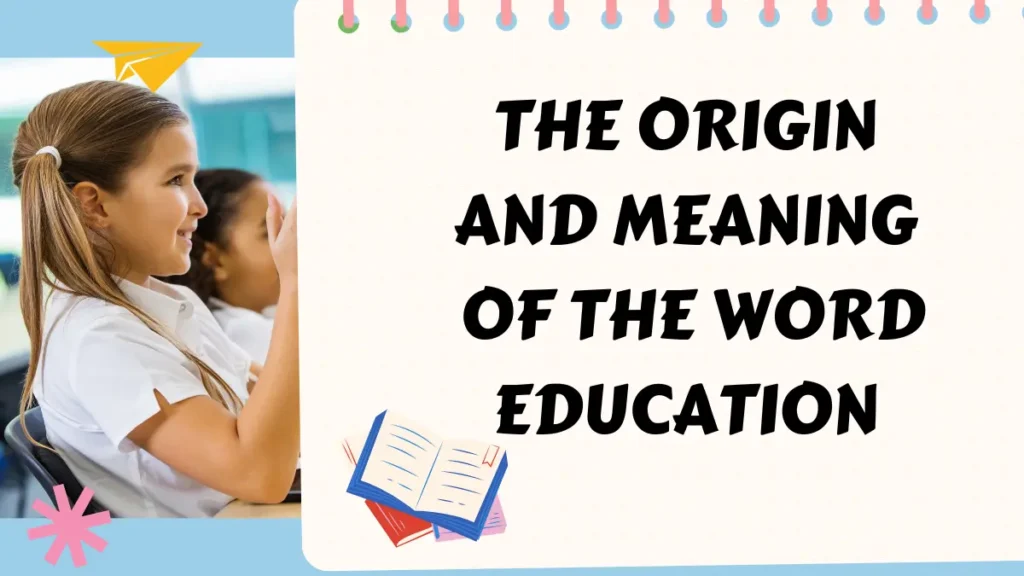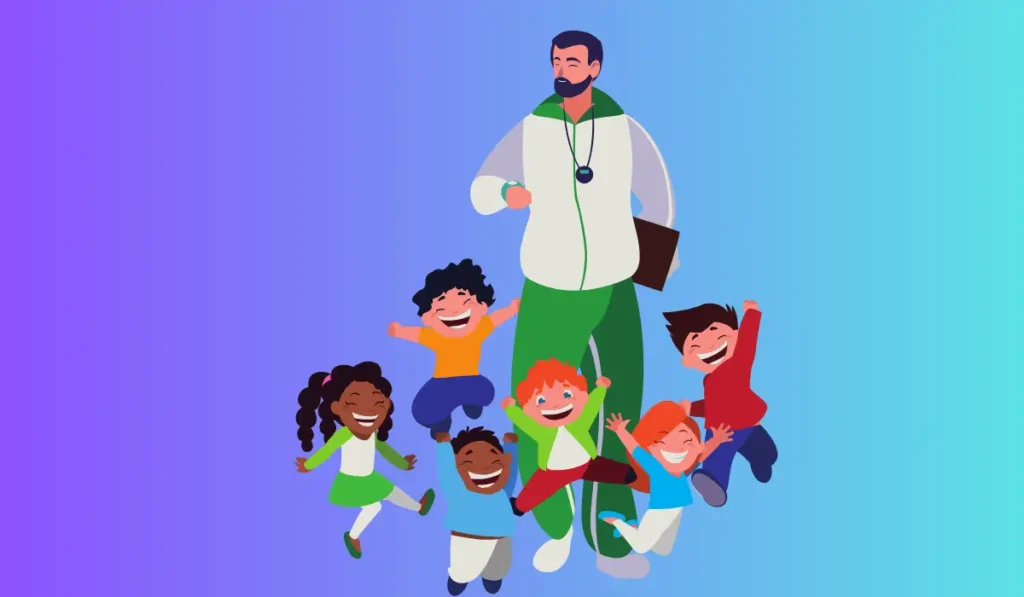Equity in education ensures that all students have equal access to educational opportunities and resources. Achieving equity in education is critical for closing the achievement gap and ensuring that all students have a fair chance at success.
Educational institutions and policymakers have put a renewed emphasis on achieving equity in education. They have implemented new policies and programs aimed at providing students from low-income households, under-resourced schools, and marginalized communities with the resources and support they need to succeed.
In this article, we will dive deeper into the concept of equity in education and discuss its importance in creating a fair and just society.
Equity in Education
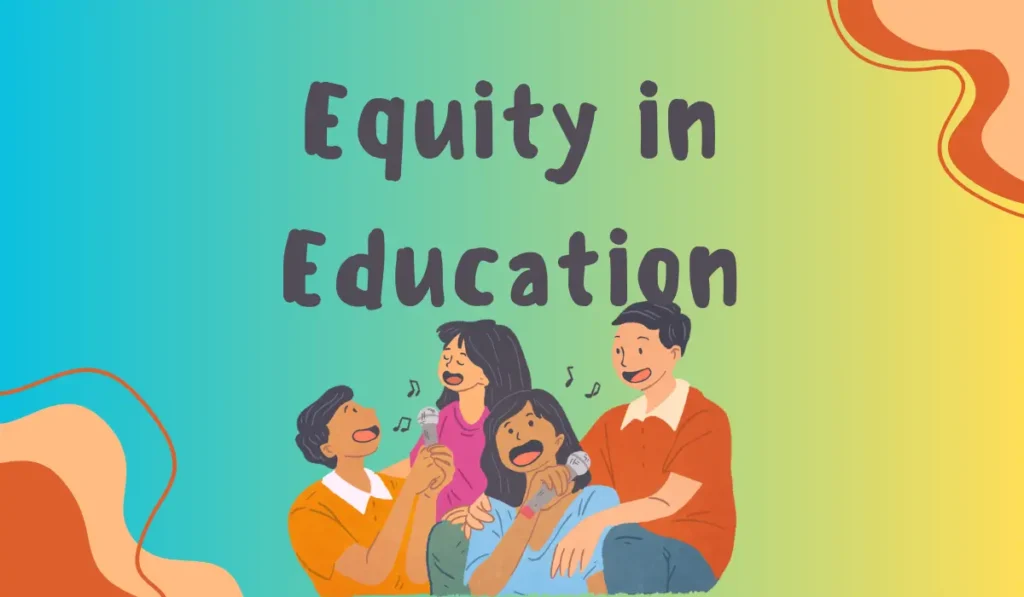
Equity in education recognizes that students come from diverse backgrounds and face different challenges, and therefore require different levels of support to thrive in the educational system.
It goes beyond simply providing equal resources and opportunities to all students. It acknowledges that some students may require additional assistance, such as students with disabilities, students from low-income families, students who are English language learners, or students from marginalized communities.
It aims to eliminate the disparities that exist among students and ensure that every student has an equal chance to succeed.
Achieving equity in education involves addressing the systemic barriers and inequalities that exist within educational institutions.
This includes addressing issues such as inadequate funding, unequal distribution of resources, biased disciplinary practices, limited access to quality teachers, and cultural biases in curriculum and assessments.
Socioeconomic Barriers To Education
Education is a fundamental right, but socioeconomic barriers often prevent students from attaining it. Poverty can have a significant impact on educational attainment, affecting both learning outcomes and life opportunities.
Providing equal access to educational resources in underserved communities is crucial to addressing these barriers.
Solutions include increasing funding for public schools in low-income areas, providing access to high-quality early childhood education, offering free or reduced-cost meals, and investing in teacher training and support.
By prioritizing equity in education, we can ensure that every child has the opportunity to reach their full potential and break the cycle of poverty.
Racial And Ethnic Barriers To Education
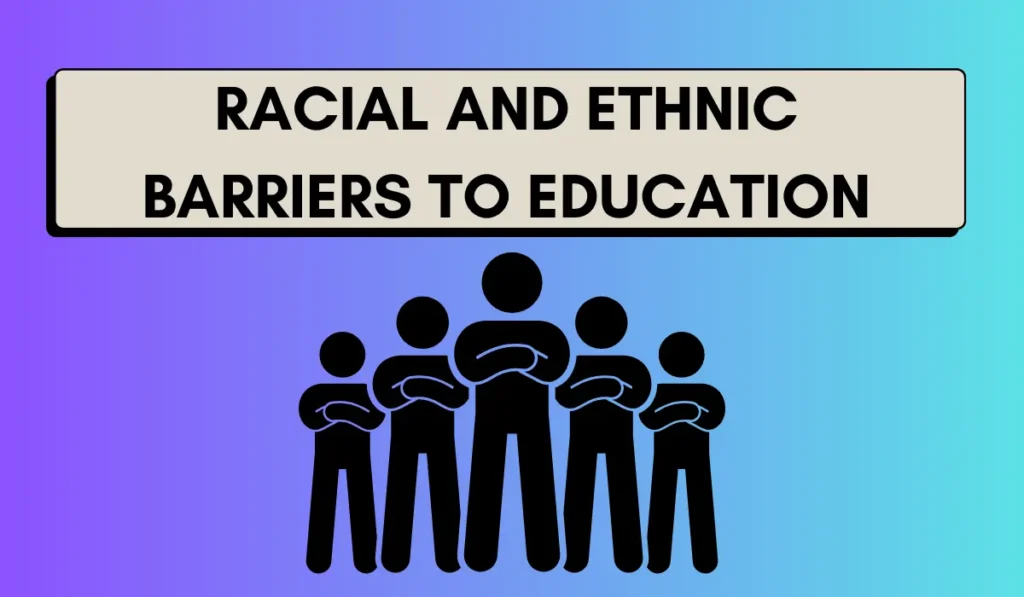
Racial and ethnic barriers to education, specifically the effects of racism and prejudice on educational outcomes, remain prominent in society today. Strategies for combatting racial and ethnic disparities in education are vital.
This includes the role of cultural competency in promoting educational equity.
Educators who possess cultural competence recognize and accept that each student has unique cultural experiences and identities. This knowledge allows educators to design lessons and create a learning environment that acknowledges and respects diverse cultures and experiences.
Some strategies include developing partnerships with families from diverse cultural backgrounds, creating culturally responsive curricula, and offering professional development opportunities for teachers to develop skills in cultural competency.
By creating environments where equity is top of mind, we can help every student reach their full potential.
The Role Of Government In Achieving Equity
Achieving equity in education largely depends on government policies and initiatives. The No Child Left Behind Act, introduced in 2001, aimed to reduce achievement gaps by holding schools accountable for student progress.
While the act faced criticism for its narrow focus on standardized tests, it did highlight the importance of equity in educational outcomes.
State and local governments also play a significant role in promoting equity. They can allocate resources to disadvantaged schools, increase teacher diversity, and offer equitable access to advanced courses.
Additionally, government policies that address socioeconomic barriers can help minimize the achievement gap.
Such efforts might include expanding access to early childhood education, addressing housing instability, and providing meals and transportation.
When government agencies at all levels take proactive steps toward equity, positive outcomes in education become more achievable for all students.
The Importance Of Teacher Diversity
Equity in education is a widespread issue in American schools. Minority communities often lack the same educational opportunities as white, privileged ones.
One solution to promoting diversity and equity in education is to increase the number of diverse teachers in the classroom. Studies show that children need role models who look like them to thrive in academic environments.
However, recruiting a diverse pool of teachers can be challenging due to existing inequalities in education. Strategies for increasing teacher diversity include creating programs that encourage diverse candidates to pursue teaching careers.
Frequently Asked Questions
What Is Equity In Education?
Equity in education is when every student receives fair and just opportunities to succeed.
How Can We Promote Equity In Education?
We can promote equity in education by providing equal opportunities, addressing systemic barriers, and promoting cultural competency.
Conclusion
Equity in education continues to be a critical topic for policymakers, educators, and parents alike. While there have been significant strides in creating a fair and just education system, there is still much work to be done to ensure that every student has access to quality education. To achieve this goal, it is essential to address the systemic challenges that exist and to provide resources and support to the underserved communities. It is also crucial to engage in conversations and actions that promote understanding, inclusivity, and diversity in education.
